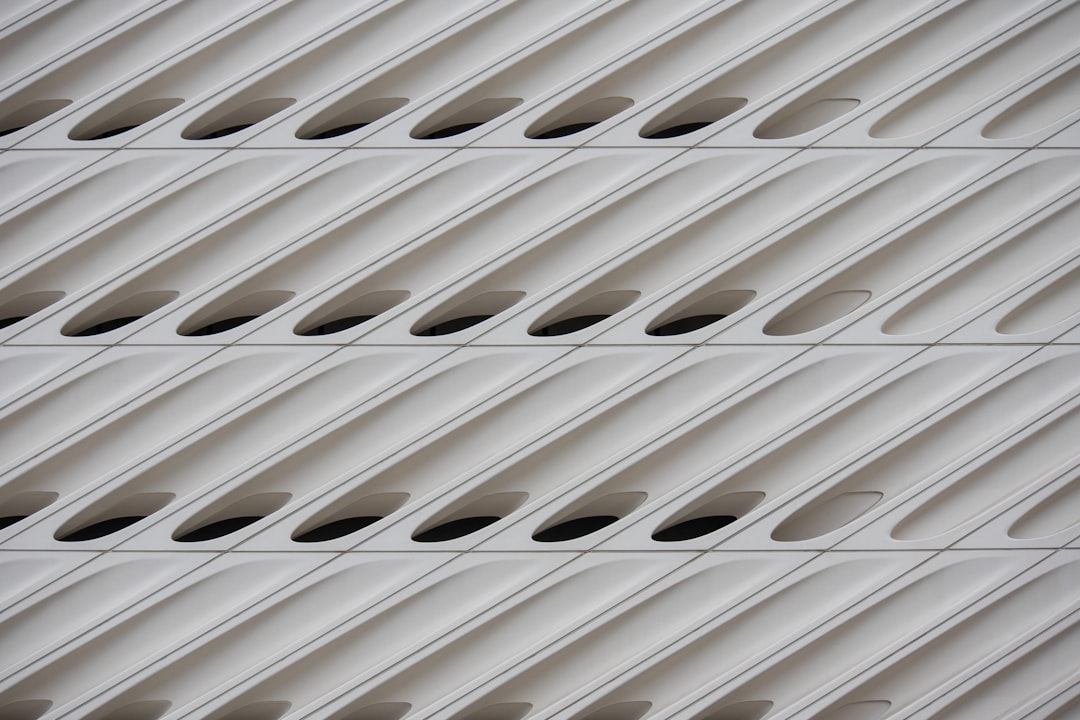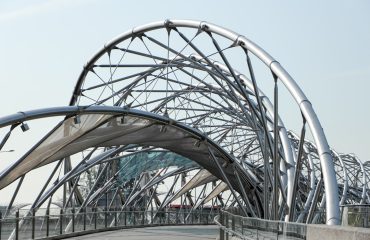body { font-family: sans-serif; line-height: 1.6; }
h1, h2, h3 { color: #333; }
img { max-width: 100%; height: auto; }
Steel profiles are far more than just structural components in power plants; they are the backbone of these complex and critical facilities. From the towering structures of nuclear plants to the intricate frameworks of thermal power stations, steel profiles ensure stability, durability, and operational efficiency. This comprehensive guide explores the multifaceted role of steel profiles in the power generation industry.
1. The Diverse Applications of Steel Profiles in Power Plants
Steel profiles find applications across a vast spectrum within power plants. Their versatility allows them to serve in various crucial roles:
- Structural Support: Steel beams, columns, and channels form the foundational structure of power plant buildings, supporting massive equipment like turbines, generators, and boilers. Their high strength-to-weight ratio is crucial for minimizing the overall weight of the structure while maintaining exceptional load-bearing capacity.
- Equipment Frames and Supports: Precisely engineered steel profiles create robust frames for critical equipment, ensuring stability during operation and preventing vibrations from causing damage. This includes supports for transformers, switchgear, and cooling towers.
- Piping and Ductwork: Steel profiles are often incorporated into the design of complex piping systems and ductwork, providing structural support and preventing sagging or collapse under pressure. This is particularly crucial in high-temperature and high-pressure systems.
- Stairways and Platforms: Safe and efficient access to various levels within a power plant is vital. Steel profiles are commonly used in the construction of stairways, platforms, and walkways, ensuring worker safety and ease of maintenance.
- Crane Rails and Gantry Systems: Heavy lifting is an integral part of power plant operation. Steel profiles form the foundation of crane rails and gantry systems, providing a reliable and robust support structure for the movement of heavy components during construction and maintenance.
2. Material Selection: Choosing the Right Steel for the Job
The selection of appropriate steel profiles is crucial for ensuring the longevity and safety of a power plant. Factors influencing material selection include:
- Strength and Yield Strength: The ability of the steel to withstand high loads and stresses is paramount, especially in areas subjected to significant forces.
- Corrosion Resistance: Power plants often operate in harsh environments, exposed to moisture, chemicals, and extreme temperatures. Corrosion-resistant steels, such as stainless steel or galvanized steel, are often preferred to extend the lifespan of the structure.
- Temperature Resistance: In certain applications, particularly those involving high-temperature processes, specialized heat-resistant steels are necessary to prevent weakening or failure at elevated temperatures.
- Weldability: The ability of the steel to be easily and reliably welded is essential for efficient construction. The chosen steel must be compatible with the welding processes employed.
- Fatigue Resistance: Power plant components are subjected to cyclic loading and vibrations. Steel with high fatigue resistance is crucial to prevent premature failure due to fatigue cracking.
3. Manufacturing Processes and Quality Control
The manufacturing process of steel profiles for power plants requires meticulous precision and quality control. Common manufacturing techniques include:
- Hot Rolling: This process involves shaping heated steel billets into the desired profile using heavy rollers. It’s cost-effective for mass production of standard profiles.
- Cold Forming: Cold forming allows for greater precision and tighter tolerances, making it suitable for complex profiles. It also results in higher strength and improved surface finish.
- Extrusion: This method is employed for creating complex shapes and hollow sections, often used in specialized applications within power plants.
Rigorous quality control measures are implemented throughout the manufacturing process, including:
- Chemical Composition Analysis: Ensuring the steel meets the specified chemical composition for desired properties.
- Mechanical Testing: Verification of strength, yield strength, ductility, and other mechanical properties.
- Dimensional Inspection: Confirming that the profiles meet the required dimensions and tolerances.
- Non-Destructive Testing (NDT): Detecting internal flaws or defects without damaging the profile.
4. The Importance of Design and Engineering Considerations
The design and engineering of steel profile structures in power plants are critical for safety and operational efficiency. Key considerations include:
- Seismic Design: Power plants located in seismically active regions must be designed to withstand earthquake forces. Steel profiles are chosen for their resilience and ability to absorb seismic energy.
- Wind Loading: Tall structures like cooling towers require careful consideration of wind loads. The design must ensure stability and prevent damage from high winds.
- Thermal Expansion: Fluctuations in temperature can cause expansion and contraction of steel structures. Designers must account for this to prevent stress and damage.
- Corrosion Protection: Appropriate corrosion protection measures, such as coatings, galvanization, or cathodic protection, are essential to extend the lifespan of steel profiles in harsh environments.
- Fire Protection: Steel structures can be vulnerable to fire. Fire-resistant coatings or fireproofing systems may be necessary to protect the steel and ensure structural integrity in case of fire.
5. Future Trends and Innovations in Steel Profile Applications
The power generation industry is constantly evolving, leading to innovations in steel profile applications:
- High-Strength Steels: The development of high-strength steels allows for lighter and more efficient structures, reducing material costs and minimizing environmental impact.
- Advanced Manufacturing Techniques: New techniques like 3D printing and additive manufacturing offer the potential to create complex and customized steel profiles with enhanced performance.
- Smart Steel: The integration of sensors and monitoring systems into steel structures enables real-time condition monitoring, allowing for proactive maintenance and preventing unexpected failures.
- Sustainable Steel Production: The industry is focusing on reducing the carbon footprint of steel production, promoting the use of recycled steel and exploring more sustainable manufacturing processes.
In conclusion, steel profiles are integral to the design, construction, and operation of power plants worldwide. Their versatility, strength, and durability make them indispensable for ensuring the safety, reliability, and efficiency of these critical facilities. By understanding the diverse applications, material selection criteria, manufacturing processes, and design considerations, we can better appreciate the crucial role these seemingly simple components play in powering our world.
Tags:
Steel profiles, Power plants, Steel construction, Power generation, Structural steel




